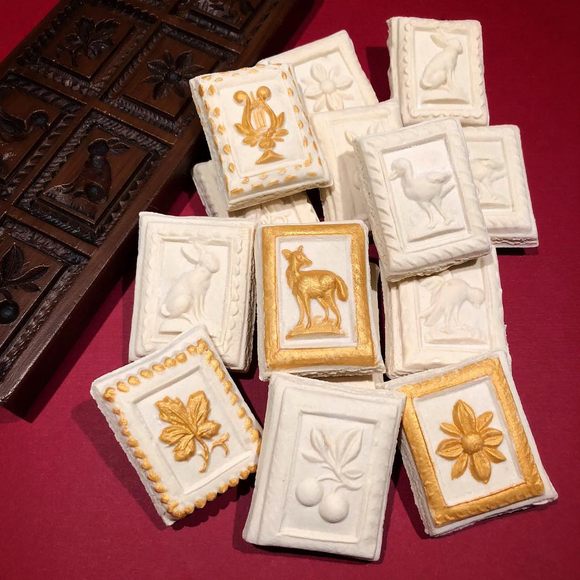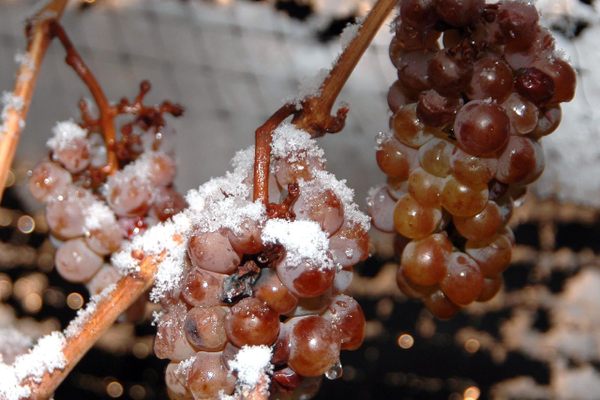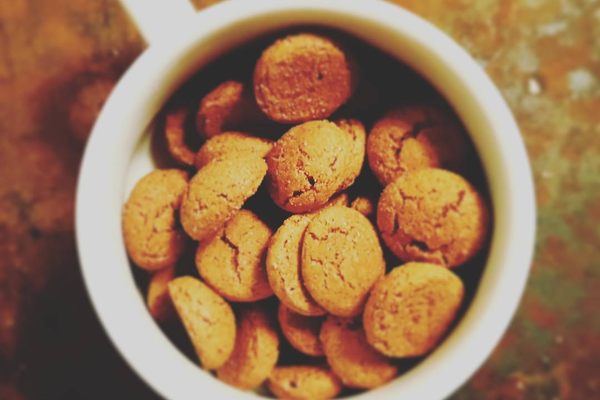Around the holidays, receiving sweet treats from friends and neighbors can be as heartwarming as a cup of hot, spiced glühwein. But among the ranks of Christmas cookies, few are more fetching than Germany’s mold-pressed springerle. The delicate biscuits have been a part of the Bavarian holiday spirit since the 14th century, possibly even earlier.
The name springerle translates to “little knight” or “little jumper,” which people have postulated either refers to the jumping-horse designs imprinted on some cookies or the springy rising action of the springerle dough. In fact, before baking powder was common, bakers would use powdered, cooked deer antlers (known as hartshorn, or hirschhornsalz in German) as a leavening agent. Though ammonium carbonate is preferred today, the ingredient list is otherwise rooted in tradition and simplicity. Similar to a sugar cookie, flour, eggs, and sugar are combined with the leavening to make a soft dough, which bakers then chill before rolling and pressing. Then it’s time for the imprints.
Although early springerle molds were likely made from stone or clay, some of the most prized carved designs were made from hard pear wood. While the practice has since faded into a “folk art,” neighbors and families once carved their own designs, which included flowers, animals, and family crests, and exchanged springerle over the holidays and during other celebrations. The earliest carved wooden springerle mold features an intricately designed paschal lamb. During the 17th century, biblical images became a common theme with many of the molds. Often, the cookies were used divided into four so that each window’s image could be part of a story.
After making their mark on the dough, bakers leave it to dry out overnight, a process that helps the cookies maintain their crisp designs, then lay it atop an anise-sprinkled baking tray. When baked, the design portion of the springerle forms a drier, harder crust while the lower, moister portion of the cookie rises to form a small foot called a füßle.
Today, industrially-made stamps and molds come in many shapes, designs, and materials. Some chefs prefer using a special springerle rolling pin that can be easily rolled across a slab of dough, imprinting it with that various designs that are carved into the cylinder. But some folks are still sweet on their family’s traditional molds, spreading the good cheer and a little neighborly competition as they hand out their holiday treats.
Written By
 Leigh ChavezBush
Leigh ChavezBush
Sources
- www.godecookery.com/cookies/history.html
- thomasinacoke.wordpress.com/2017/04/30/128/
- www.biscuitpeople.com/magazine/post/springerle-traditional-christmas-biscuit
- jvrichardsonjr.net/dayspring/Springerle.htm
- www.sweetoothdesign.com/cookie-springerle
- whatscookingamerica.net/Cookie/Springerle.htm
- www.merriam-webster.com/dictionary/springerle















